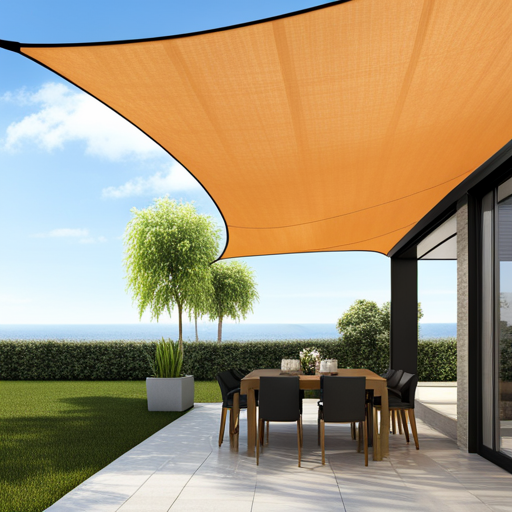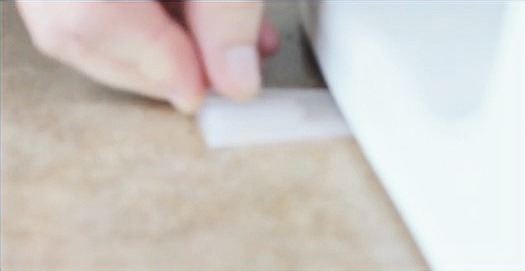Last Updated on June 19, 2024 by John Coleman
Introduction
When it comes to designing your outdoor space, the right outdoor sink can truly transform the experience. Imagine a backyard kitchen with all the amenities, a gardening station that simplifies your green thumb pursuits, or a convenient washing area that adds ease to your outdoor activities. In this guide, let me take you on a journey where we explore key factors to consider, steer clear of common mistakes, and unveil a variety of sink types and materials. Together, we’ll find the ideal outdoor sink for your ultimate area of relaxation. Let’s get to it!
If you purchase through links on this site, we may earn a small commission. See our affiliate disclosure.
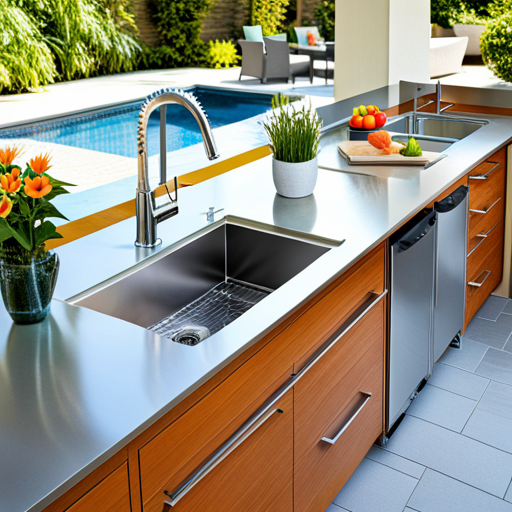
What is an Outdoor Sink?
An outdoor sink is a plumbing fixture designed for use outside of your home. It is available in various sizes, materials, and configurations to suit your specific needs. It can range from a basic handwashing station to a sophisticated kitchen sink equipped with storage and multiple faucets. There is a wide range of styles and designs available to complement your outdoor aesthetic.
What are the Benefits of an Outdoor Sink?
Having an outdoor sink is super handy and can totally boost your outdoor living experience. The best part? You don’t have to keep running inside the house for water or cleaning anymore. Plus, it keeps your indoor kitchen cleaner by giving you another spot to wash dirty hands or tools. And let’s not forget how it amps up the functionality of your outdoor space – perfect for gardening, cooking, and even throwing awesome parties!
Do You Need an Outdoor Sink?
Imagine having an outdoor sink in your outdoor space. It can be a fantastic addition, but let’s be real, it’s not always a must-have. If you’re only looking for a sink to handle basic tasks like handwashing or gardening, a simple outdoor sink will do the trick. However, if you’re the kind of person who loves hosting parties and cooking outside regularly, then investing in an outdoor kitchen equipped with a sink is absolutely worth the cost. It’s time to take your outdoor experience to the next level!
Are Outdoor Sinks A Good Idea?
If you’re someone who spends countless hours in your backyard or garden, integrating an outdoor sink could revolutionize your outdoor experience. It’s not just about the convenience and functionality—though those are significant—it’s about transforming your outdoor space into a more aesthetically pleasing and practical area. An outdoor sink isn’t merely an addition; it’s a strategic investment that elevates your property’s value and utility. Embrace the upgrade; it’s a decision that pays dividends on multiple fronts!
How Much Does It Cost To Install an Outdoor Sink?
The cost of installing an outdoor sink can vary greatly depending on the type of sink, materials used, and labor costs. A basic outdoor sink can cost anywhere from $100 to $500.
4 Basic Sink Types
Top-mount Sink: These sinks are installed from above the countertop, creating a stylish and functional addition to your outdoor space.
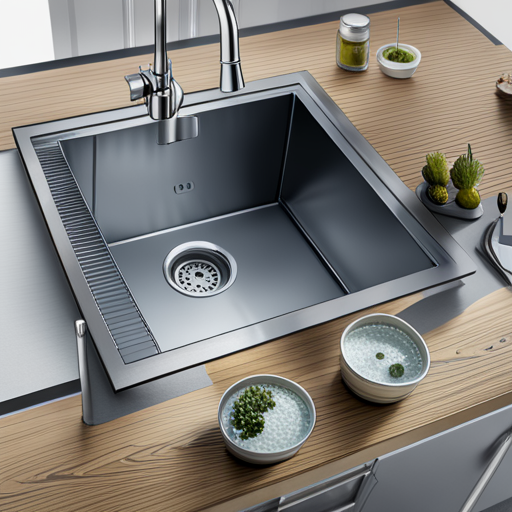
Under mount Sink: Installed beneath the countertop, under-mount sinks provide a seamless and clean look, perfect for a modern outdoor kitchen.
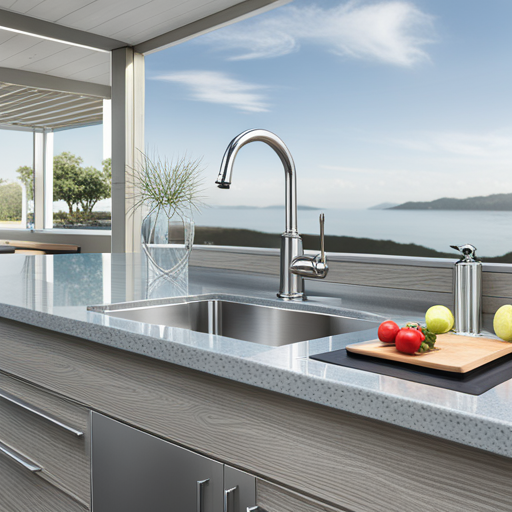
- Single Bowl Sink: With a single large basin, these sinks offer ample space for washing larger items or handling multiple tasks simultaneously.
- Double Bowl Sink: Featuring two separate basins, double bowl sinks provide versatility, allowing you to use one side for washing and the other for rinsing or food preparation.
Factors to Consider
Budget and Cost
When it comes to outdoor sinks, there’s a wide range of prices to choose from. So, before you decide, it’s crucial to consider your budget. Don’t forget to factor in the long-term costs like maintenance and potential repairs. And here’s a tip: investing in a high-quality sink can actually save you money in the long run. It’s all about finding that perfect balance between your budget and the sink’s quality.
Size and Depth
When picking a sink, it’s crucial to figure out the right dimensions based on the space you have and how you plan to use it. Think about the size of the stuff you’ll be washing and how deep the sink needs to be to meet your needs. Also, consider the available space and make sure the sink is practical and fits your requirements.
Materials and Durability
Outdoor sinks are exposed to various weather conditions, so durability is essential. The materials below are typically used for outdoor sinks with stand the elements and resist corrosion.
- Stainless Steel: Known for their durability and resistance to corrosion, stainless steel sinks are a preferred choice for outdoor spaces.
- Ceramic: Offering a classic and elegant look, ceramic sinks are not only aesthetically pleasing but also highly durable and easy to clean. A con to choosing a ceramic sink is that it can be more susceptible to chips and cracks compared to other materials.
- Quartz: With its durability and resistance to stains, scratches, and heat, quartz is a great option for outdoor sinks. It also comes in a variety of colors and styles to fit your design preferences.
- Composite Granite: Made from a blend of granite and resin, these sinks offer the strength and durability of natural stone with added resistance to stains and scratches.
- Concrete: A more modern and industrial option, concrete sinks are highly durable and can be custom-made to fit your specific needs. However, they may require more maintenance to prevent cracking and staining.
- Copper: With its unique patina finish, copper sinks add a touch of warmth and charm to outdoor spaces while also being resistant to corrosion. However, they do require more maintenance to prevent the patina from darkening.
- Stone: For a rustic and natural look, stone sinks are a great option. They are highly durable and can withstand harsh weather conditions, but they may require more maintenance to prevent staining.
Style and Design
An outdoor sink can be more than just a functional addition to your space; it can also add to the overall style and design. Consider a sink with a sleek, modern look or one that matches the aesthetic of your outdoor living area. You can also choose from various faucet styles and finishes to complement your sink’s design.
Faucet
The type of faucet you choose can greatly affect the functionality and design of your sink. Standard faucets with a single handle are common for outdoor sinks, but you can also opt for more advanced features like a pull-out sprayer or touchless technology. Consider the water flow rate and pressure as well, especially if you’ll be using the sink for washing dishes or other heavy-duty tasks.
Plumbing
Installing an outdoor sink requires proper plumbing. Consider the location of your water source and how you will connect it to the sink. You may need to hire a professional plumber to connect to your main water source and extend to the location of your sink. Then, as a means to save money, you can DIY the connections to the sink(s), faucet(s) and other features such as a garbage disposal.
Utility Connections
In addition to plumbing, it is important to take into account any other utility connections required for your outdoor sink. These may include electrical connections for features such as a garbage disposal or a water heater. It is crucial to ensure that these connections are installed correctly and comply with all safety regulations.
How Does An Outdoor Sink Drain?
Outdoor sinks typically drain into a sewer or septic system, just like indoor sinks. However, if you do not have access to these options, there are alternative methods for draining your outdoor sink. Gravity-fed drains and greywater systems can be used to safely dispose of wastewater from your sink without connecting to a traditional sewer or septic system.
Does an Outdoor Sink Need to Be Vented?
Just like indoor sinks, outdoor sinks should also be properly vented to prevent any potential issues such as sewer gas buildup or slow drainage. The vent allows air to escape from the pipes and prevents water from being siphoned out of the sink. It is recommended to consult a professional plumber to determine the best location for venting your outdoor sink.
Maintenance and Cleaning
Like any other feature in your outdoor living area, an outdoor sink requires regular maintenance and cleaning. Make sure to clean it after each use, especially if you’re using it for food preparation. You may also need to winterize the sink during colder months to prevent damage from freezing temperatures. Consider these factors when choosing a sink that is easy to maintain and keep clean.
Common Mistakes to Avoid
- Overlooking the Importance of Material Durability: Choosing a sink made from low-quality materials can result in frequent repairs or replacements.
- Ignoring Size and Depth Based on Need: A sink that is too small or too shallow may not meet your requirements, leading to inconvenience and frustration.
- Underestimating the Complexity of the Installation Process: Some sinks may require professional installation, so be sure to factor in the installation process when making your decision.
- Neglecting Proper Drainage System: Inadequate drainage can lead to standing water, which can be unsightly and potentially cause damage to your outdoor space.
- Overlooking the Cost of High-Quality Sinks: While high-quality sinks may come with a higher price tag, they offer durability and longevity, making them a worthwhile investment.
- Ignoring Maintenance Needs: Different sink materials may require specific care and maintenance. Be sure to consider the ongoing maintenance needs of the sink you choose.
Conclusion
Upgrade your outdoor space with a practical and versatile outdoor sink. Whether gardening, cooking, or cleaning, the right sink offers convenience and functionality. Consider your specific needs and preferences when selecting the perfect outdoor sink for your home.
An outdoor sink is more than just an investment. It enhances your outdoor experience and adds value to your home. So, why wait? Add an outdoor sink and enjoy its countless benefits! Remember the factors we discussed in this guide to make an informed decision that suits your needs. Thank you for reading!
Continue exploring other ways to enhance your outdoor living space by checking out our other informative guides on outdoor kitchen ideas.
If you purchase through links on this site, we may earn a small commission. See our affiliate disclosure.
Frequently Asked Questions
Can I install an outdoor sink on my own, or do I need professional help?
The answer depends on the type of sink and your level of experience with plumbing. Some outdoor sinks may require professional installation, while others can be easily installed by following manufacturer instructions. It is best to consult with a professional if you are unsure or have little experience with plumbing.
Do all outdoor sinks come with a warranty?
No, not all outdoor sinks come with a warranty. It is essential to check the manufacturer’s warranty before making a purchase, as this can provide you with peace of mind and protection against any defects or issues that may arise.
What type of sink material is best for outdoor use?
Stainless steel and stone are popular options for outdoor sinks due to their durability and resistance to weathering. However, it ultimately depends on your personal preference and the style you are going for in your outdoor space.
Can I connect an outdoor sink to my existing water supply?
In most cases, it is possible to connect an outdoor sink to your existing water supply. However, it is crucial to ensure that the plumbing and connections are compatible and meet local building codes.
What types of faucets are suitable for outdoor sinks?
Outdoor sinks can accommodate a variety of faucet types, including traditional single-handle or dual-handle faucets, motion-sensor faucets, and even foot pedal-operated faucets. Consider your specific needs and preferences when choosing the right faucet for your outdoor sink.
How do I maintain and clean my outdoor sink?
Regularly cleaning your outdoor sink with mild detergents and warm water is the best way to maintain its appearance and functionality. Avoid using harsh chemicals or abrasive materials, as these can damage the sink’s surface. Additionally, make sure to disconnect any hoses or shut off the water supply during colder months to protect against freezing temperatures.

